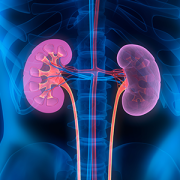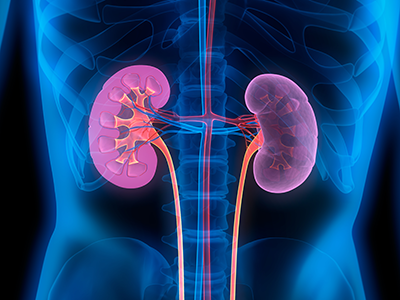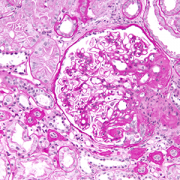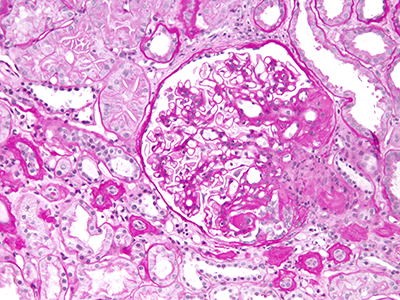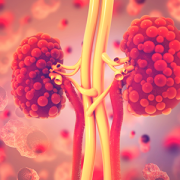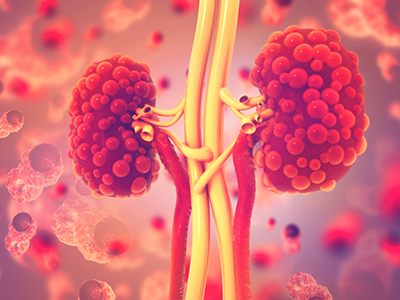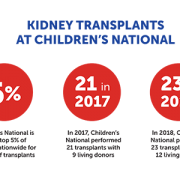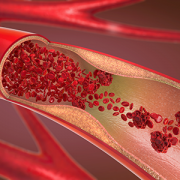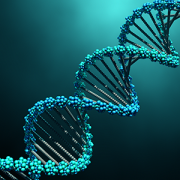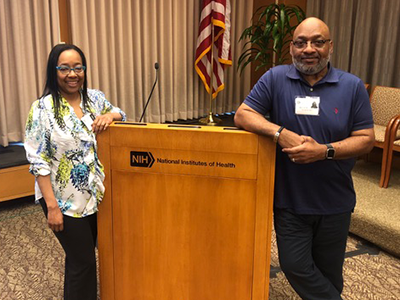
Nichole Jefferson and Patrick O. Gee
African Americans who either donated a kidney, received a kidney donation, are on dialysis awaiting a kidney transplant or have a close relative in one of those categories are helping to perfect a new study that aims to improve outcomes after kidney transplantation.
The study is called APOLLO, short for APOL1 Long-Term Kidney Transplantation Outcomes Network. Soon, the observational study will begin to enroll people who access transplant centers around the nation to genotype deceased and living African American kidney donors and transplant recipients to assess whether they carry a high-risk APOL1 gene variant.
The study’s Community Advisory Council – African American stakeholders who know the ins and outs of kidney donation, transplantation and dialysis because they’ve either given or received an organ or are awaiting transplant – are opening the eyes of researchers about the unique views of patients and families.
Already, they’ve sensitized researchers that patients may not be at the same academic level as their clinicians, underscoring the importance of informed consent language that is understandable, approachable and respectful so people aren’t overwhelmed. They have encouraged the use of images and color to explain the apolipoprotein L1 (APOL1) gene. The APOL1 gene is found almost exclusively in people of recent African descent, however only 13 percent of these people carry the high-risk APOL1 variant that might cause kidney problems.
One issue arose early, during one of the group’s first monthly meetings, as they discussed when to tell patients and living donors about the APOLLO study. Someone suggested the day of the transplant.
“The Community Advisory Council told them that would not be appropriate. These conversations should occur well before the day of the transplant,” recalls Nichole Jefferson.
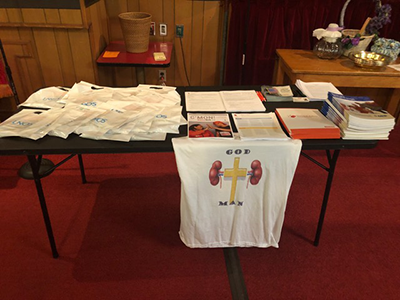
“The person is all ready to give a kidney. If you’re told the day of transplant ‘we’re going to include you in this study,’ that could possibly stop them from giving the organ,” Jefferson says. “We still remember the Tuskegee experiments. We still remember Henrietta Lacks. That is what we are trying to avoid.”
Patrick O. Gee, Ph.D., JLC, another Community Advisory Council member, adds that it’s important to consider “the mental state of the patient and the donor. As a patient, you know you are able to endure a five- to eight-hour surgery. The donor is the recipient’s hero. As the donor, you want to do what is right. But if you get this information; it’s going to cause doubt.”
Gee received his kidney transplant on April 21, 2017, and spent 33 days in the hospital undergoing four surgeries. His new kidney took 47 days to wake up, which he describes as a “very interesting journey.” Jefferson received her first transplant on June 12, 2008. Because that kidney is in failure, she is on the wait list for a new kidney.
“All I’ve ever known before APOLLO was diabetes and cardiovascular issues. Nobody had ever talked about genetics,” Gee adds. “When I tell people, I tread very light. I try to stay in my lane and not to come off as a researcher or a scientist. I just find out information and just share it with them.”
As he spoke during a church function, people began to search for information on their smart phones. He jotted down questions “above his pay grade” to refer to the study’s principal investigator. “When you start talking about genetics and a mutated gene, people really want to find out. That was probably one of the best things I liked about this committee: It allows you to learn, so you can pass it on.”
Jefferson’s encounters are more unstructured, informing people who she meets about her situation and kidney disease. When she traveled from her Des Moines, Iowa, home to Nebraska for a transplant evaluation, the nephrologist there was not aware of the APOL1 gene.
And during a meeting at the Mayo Clinic with a possible living donor, she asked if they would test for the APOL1 gene. “They stopped, looked at me and asked: ‘How do you know about that gene?’ Well, I’m a black woman with kidney failure.”

Patrick O. Gee received his kidney transplant on April 21, 2017, and spent 33 days in the hospital undergoing four surgeries. His new kidney took 47 days to wake up, which he describes as a “very interesting journey.”
About 100,000 U.S. children and adults await a kidney transplant. APOLLO study researchers believe that clarifying the role that the APOL1 gene plays in kidney-transplant failure could lead to fewer discarded kidneys, which could boost the number of available kidneys for patients awaiting transplant.
Gee advocates for other patients and families to volunteer to join the APOLLO Community Advisory Council. He’s still impressed that during the very first in-person gathering, all researchers were asked to leave the table. Only patients and families remained.
“They wanted to hear our voices. You rarely find that level of patient engagement. Normally, you sit there and listen to conversations that are over your head. They have definitely kept us engaged,” he says. “We have spoken the truth, and Dr. Kimmel is forever saying ‘who would want to listen to me about a genotype that doesn’t affect me? We want to hear your voice.’ ”
(Paul L. Kimmel, M.D., MACP, a program director at the National Institute of Diabetes and Digestive and Kidney Diseases, is one of the people overseeing the APOLLO study.)
Jefferson encourages other people personally impacted by kidney disease to participate in the APOLLO study.
“Something Dr. Kimmel always says is ‘You’re in the room.’ We’re in the room while it’s happening. It’s a line from Hamilton. That’s a good feeling,” she says. “I knew right off, these are not necessarily improvements I will see in my lifetime. I am OK with that. With kidney disease, we have not had advances in a long time. As long as my descendants don’t have to go through the same things I have gone through, I figure I have done my part. I have done my job.”
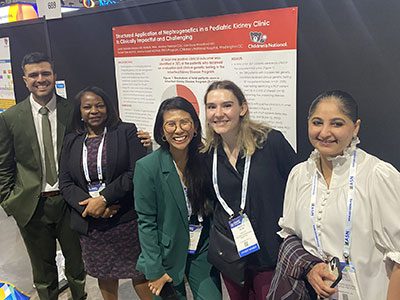 Thousands of medical professionals and researchers from around the world gathered in San Diego this October for Kidney Week 2024. The American Society of Nephrology’s (ASN) annual meeting and scientific exposition featured advances in treatment, research and technology in the fight against kidney disease.
Thousands of medical professionals and researchers from around the world gathered in San Diego this October for Kidney Week 2024. The American Society of Nephrology’s (ASN) annual meeting and scientific exposition featured advances in treatment, research and technology in the fight against kidney disease.


